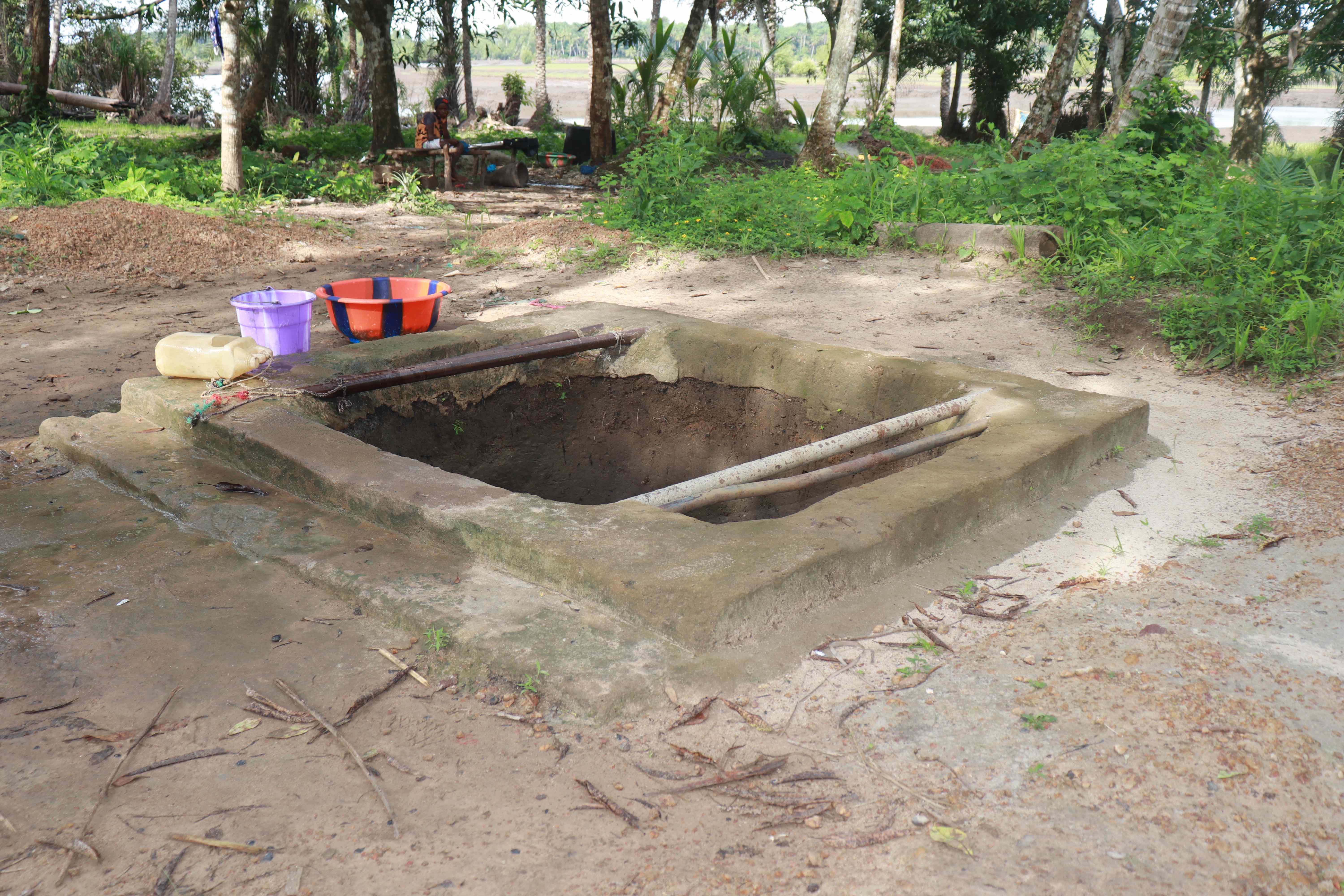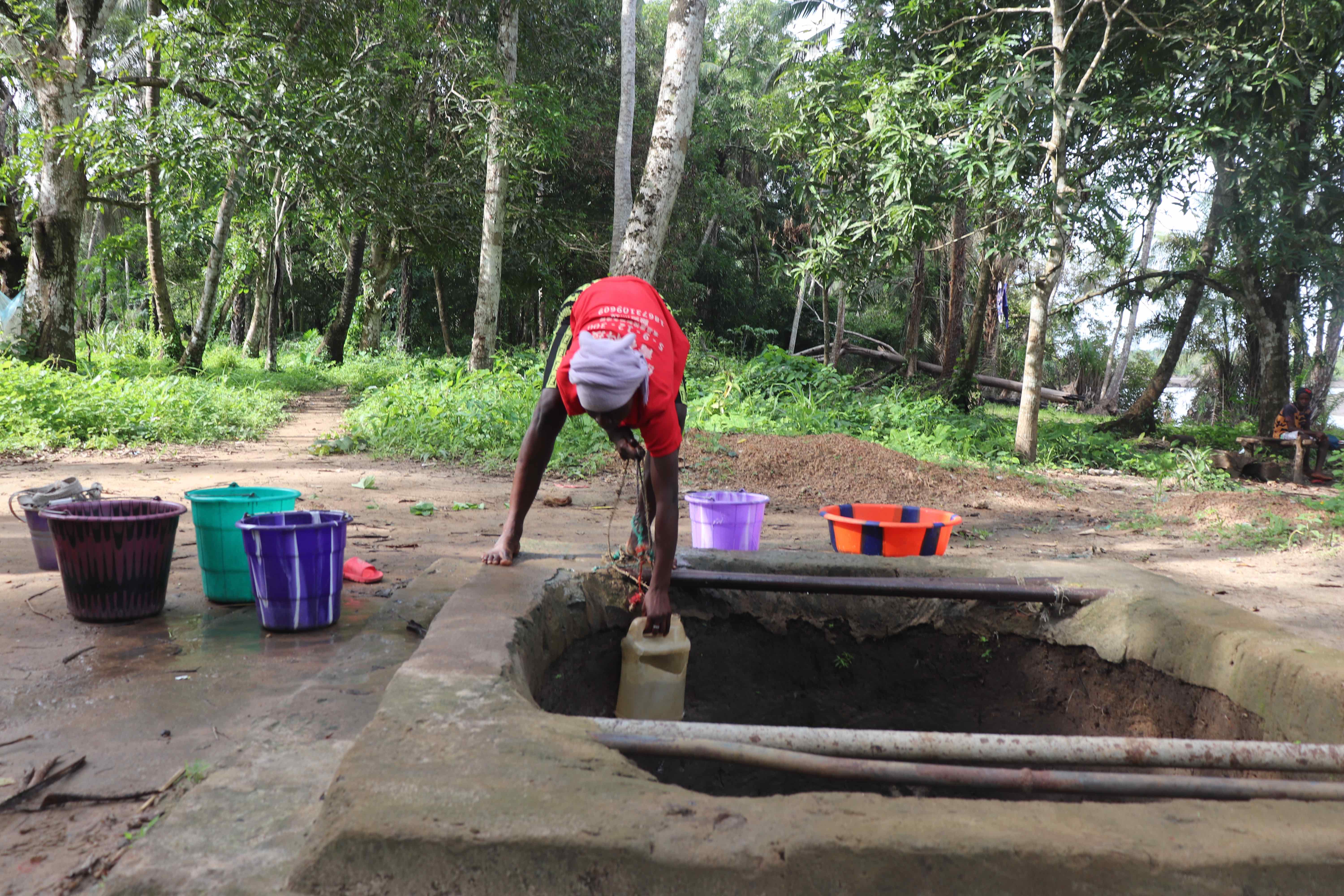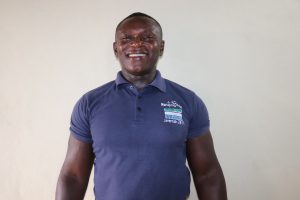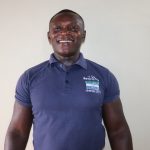Upper Ma-King's 218 people all rely on the water from the same contaminated, hand-dug well - and it's making them sick. The water crisis has created tension between families causing arguments and disagreements that have lasted for years.

The village's well is a stone's throw away from the river, creating a tendency for the water to have high salinity. The area is used to launder clothes and bathe, creating a continued source of contamination.
According to interviewees, the reported health consequences of using water from the open well are diarrhea, dysentery, typhoid, cholera, and a number of skin diseases. There is also the danger of drinking water high in salt, which will lead to kidney and other organ problems if left untreated. However, some of the community members do not associate the drinking of contaminated water with their ailments because the symptoms are not immediate.
"My health has been failing me slowly over the past years," said the head of the village, Kolo Conteh, 58. "I cannot openly say it is the water, but it contributes. I always have typhoid with malaria. After several visits to the clinic, I was advised to be mindful of the foods I eat and the water I drink."
"My parents have given me the sole responsibility of making sure water is available when it is needed," said Salamatu K., a 16-year-old student, pictured below collecting water.

"Every morning of every day, I go down to the well to fetch, but I always keep in mind not to travel alone," Salamatu continued. "There is no telling what danger is waiting for me since my village is visited regularly by people from other parts of the chiefdom. I have female friends that travel with me every morning. We have agreed to always go together to scare off any would-be aggressor."
"As the head of the village, it is my responsibility to bring peace and development to my people," Kolo concluded. "What affects one person affects me as well. I have been looking forward for such development in my village. When it was least expected, God brought the help to us. I am very happy for the proposed project in my village. I cannot be any happier, and look forward to the day that it will come to pass."
What we can do:
New Well
Where we will be drilling is centrally located and will relieve many people of the long journey to fetch water and the challenge of accessing clean water.
Our team will drive over the LS200 mud rotary drill rig and set up camp for a couple of nights. Once the well is drilled to a sufficient water column, it will be cased, developed, and then tested. If these tests are positive, our mechanics will install a new India Mark II pump.
By drilling this borehole, Upper Ma-King and the surrounding community will be provided with plenty of accessible, clean drinking water.
Training
There will be hygiene and sanitation training sessions offered for three days in a row.
Community members will learn how to make a hands-free handwashing station called the "tippy-tap." We will use these tippy taps for handwashing demonstrations and will also teach about other tools like dish racks and the importance of properly penning in animals. We will highlight the need to keep restrooms clean, among many other topics.
This training will also strengthen a water user committee that will manage and maintain this new well. They will enforce proper behavior and report to us whenever they need our help in solving a serious problem, like a pump breakdown.

 Borehole Well and Hand Pump
Borehole Well and Hand Pump
 Rehabilitation Project
Rehabilitation Project














